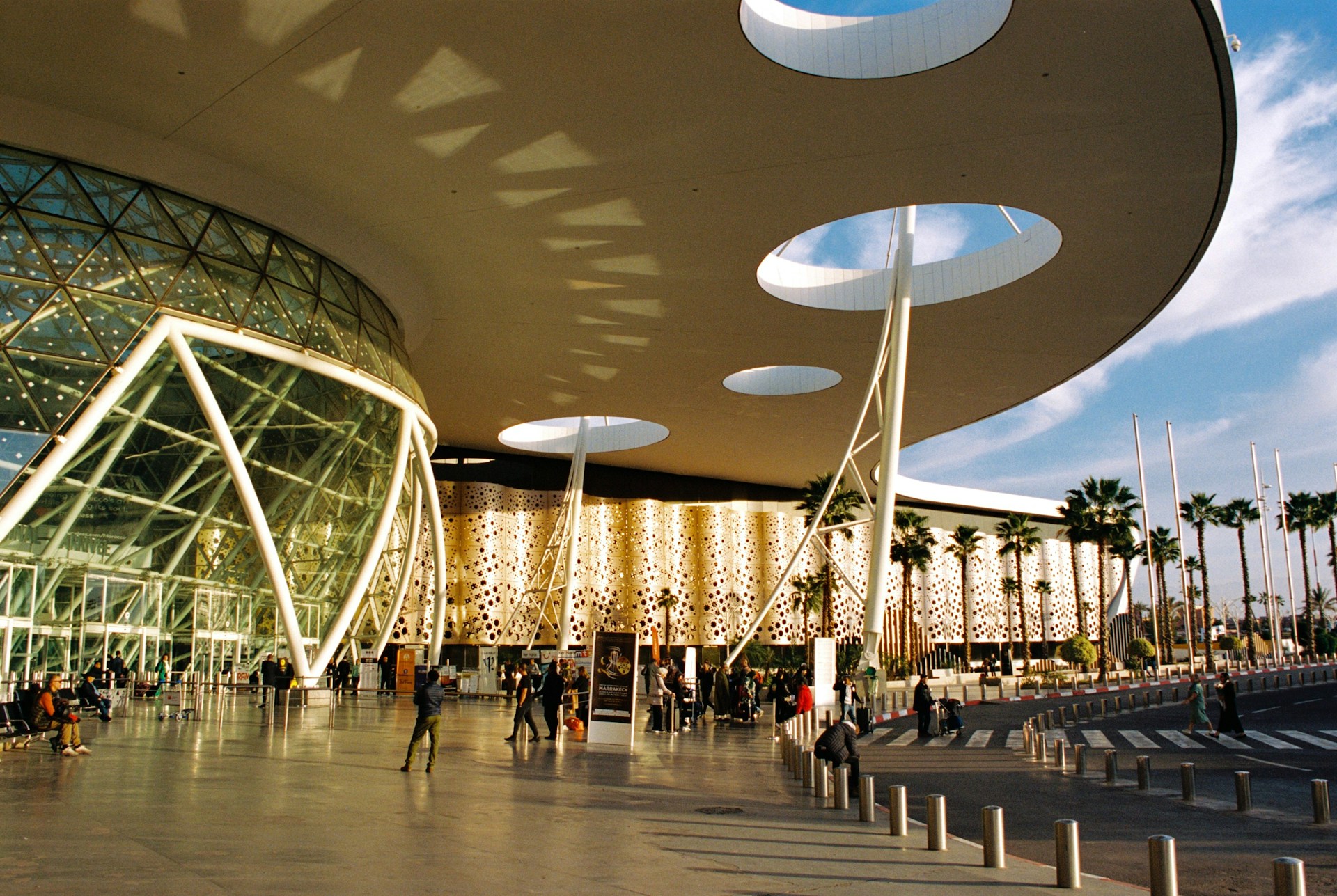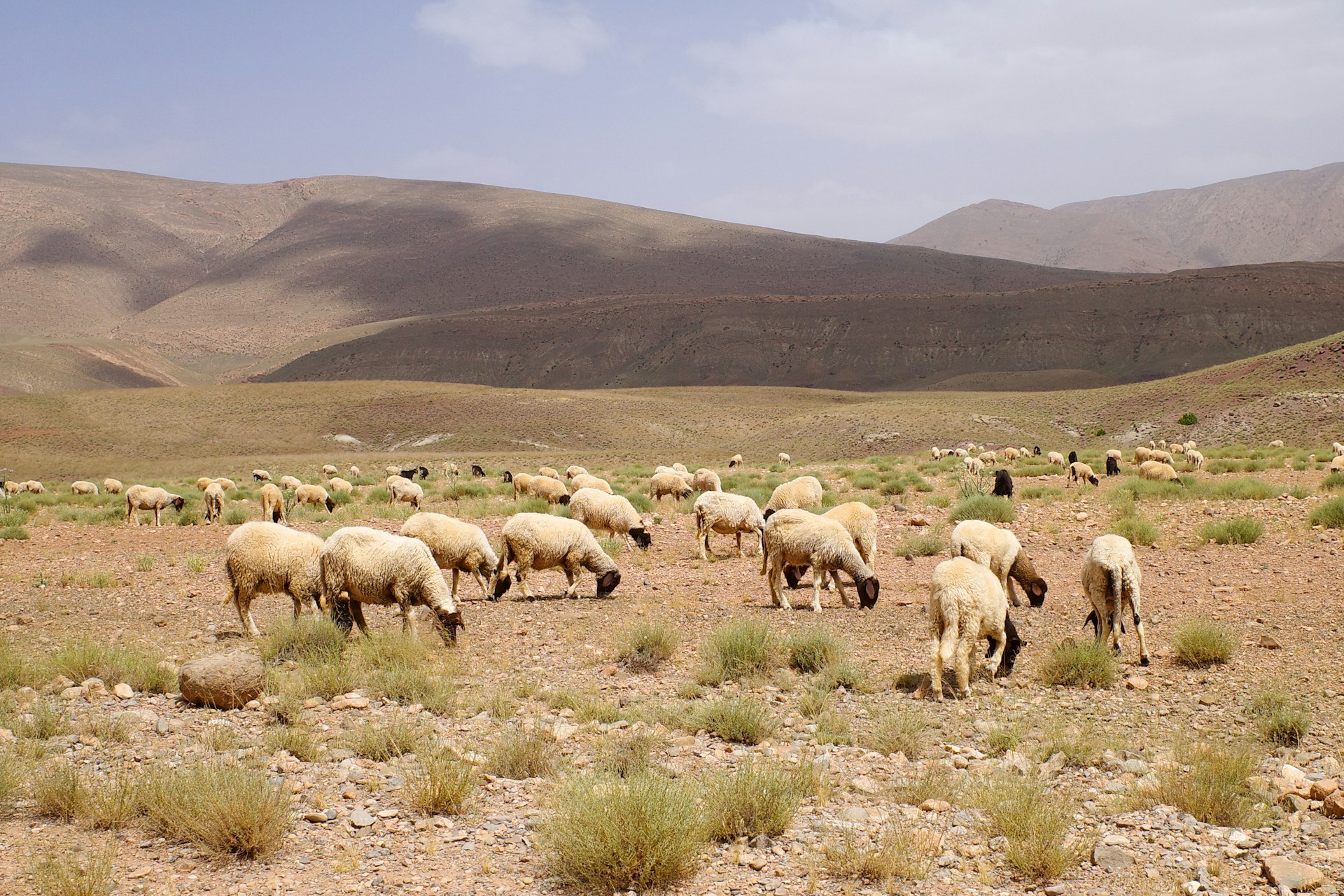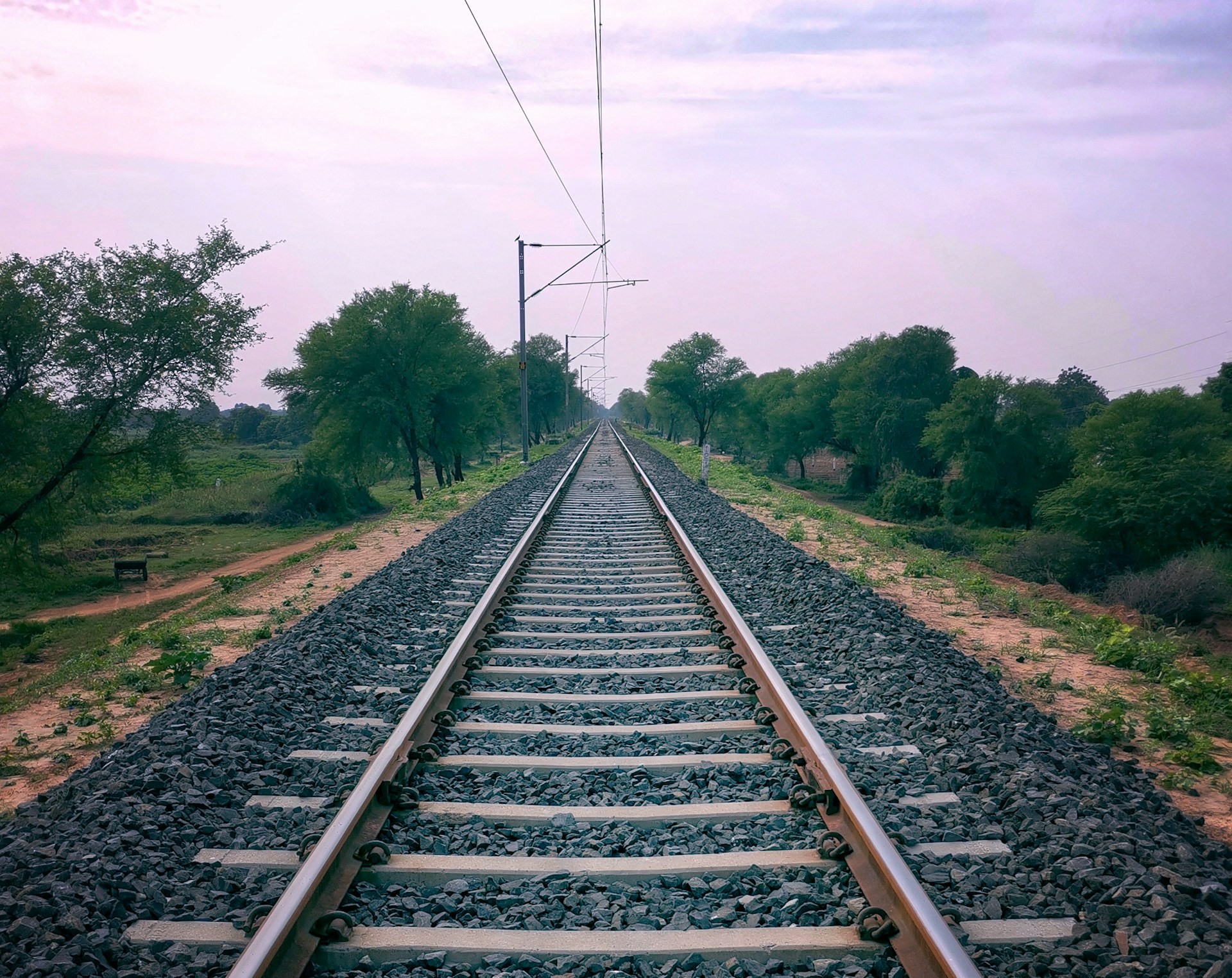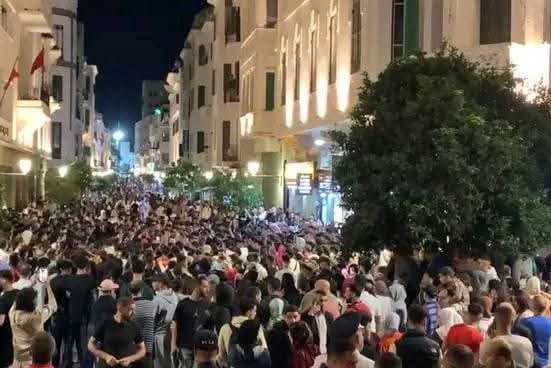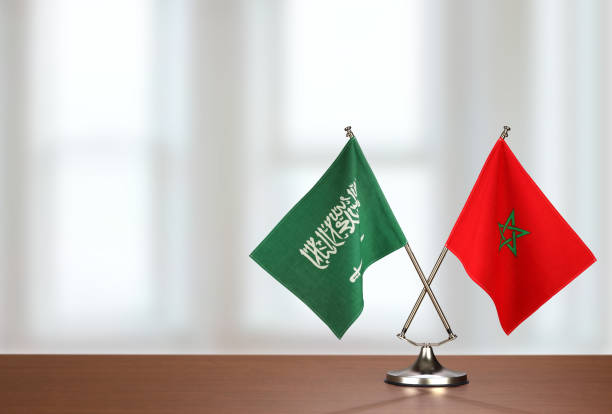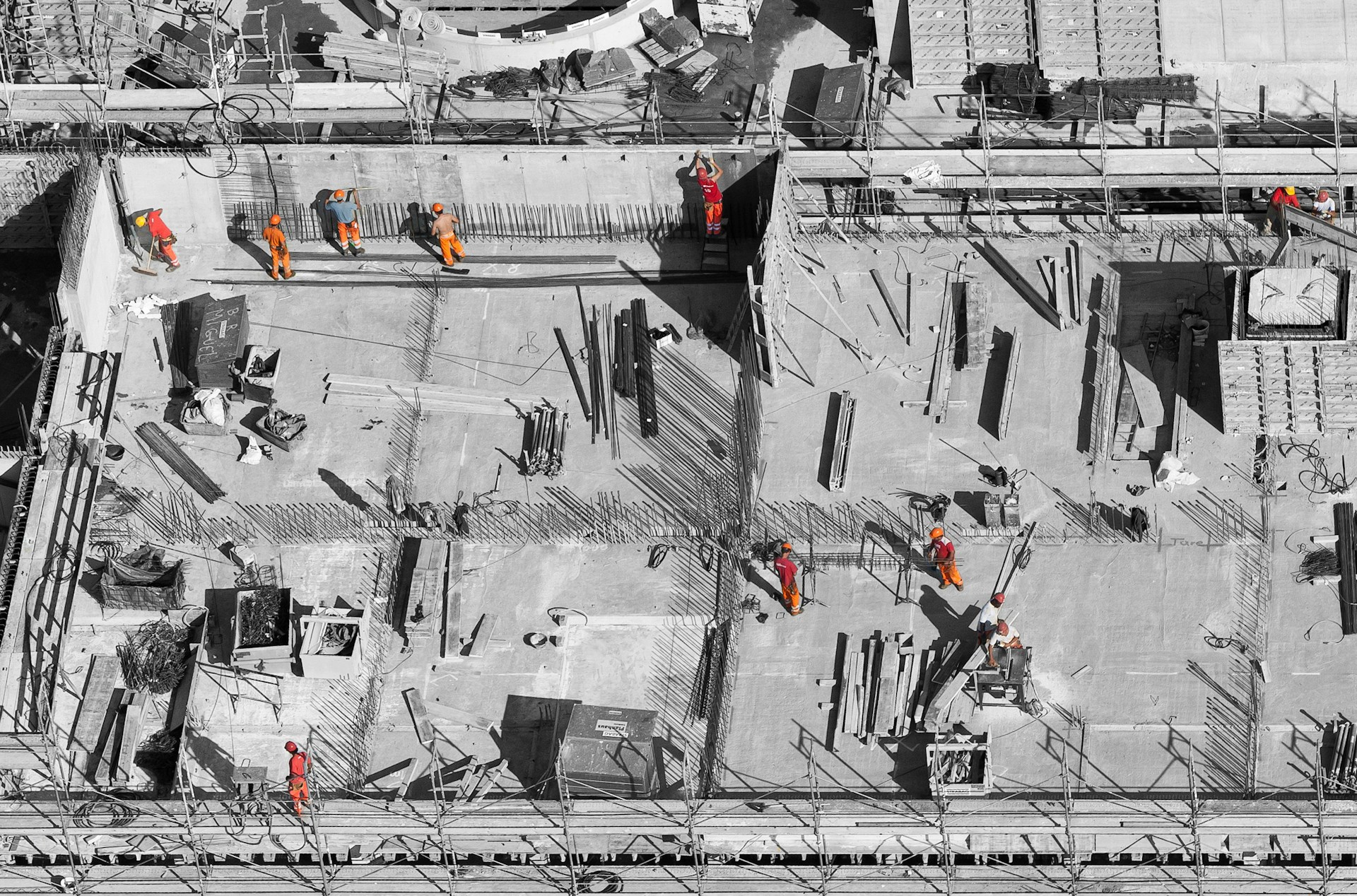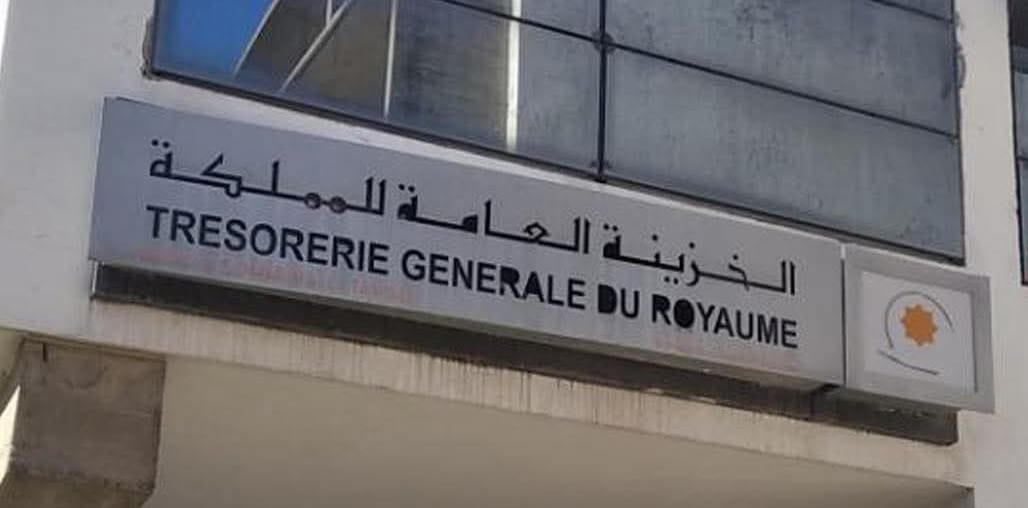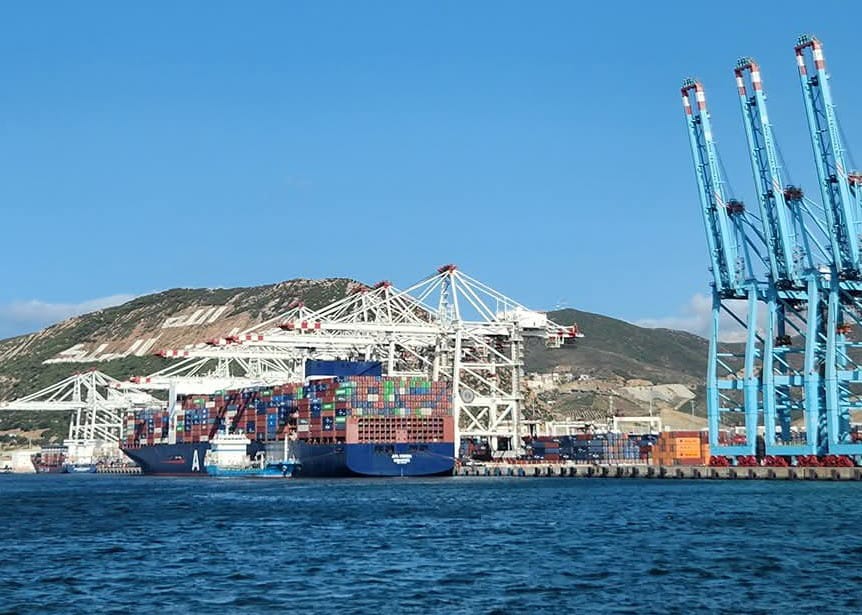Casablanca – Morocco is witnessing a new wave of youth-led protests that signal a profound transformation in the country’s social and political landscape. Driven largely by Generation Z — young Moroccans born into an age of globalization and digital connectivity — these movements reflect mounting frustration with economic inequality, unemployment, and a lack of political representation. While largely peaceful, the protests also underscore the growing gap between Morocco’s modernization efforts and the lived reality of many of its young citizens.
A new kind of social mobilization
Unlike traditional protest movements often channeled through political parties, unions, or civil society organizations, this new generation of demonstrators operates through digital networks. Platforms like TikTok, Instagram, and X (formerly Twitter) have become virtual arenas for expression, organization, and mobilization. A single video or post can spark real-world demonstrations across cities, from Rabat and Casablanca to Tangier and Agadir.
This digital dynamic presents new challenges for the Moroccan state and political actors, who have long relied on formal mediation structures to manage dissent. The current protests, decentralized and leaderless, defy traditional negotiation channels. Analysts describe them as a symptom of a deeper structural crisis — one where institutional frameworks lag behind social and technological change.
Economic roots of discontent
At the heart of the unrest lie economic grievances. Despite steady macroeconomic growth, Morocco continues to face persistent youth unemployment, particularly among university graduates. According to data from the High Commission for Planning (HCP), joblessness among young people aged 15–24 remains above 30%, with even higher rates among women and urban youth.
This has created a generation of educated but underemployed Moroccans who feel excluded from the benefits of economic reforms. The rising cost of living — compounded by inflation, housing shortages, and limited access to stable employment — has further deepened frustration. Many young Moroccans see little hope in formal politics, which they view as detached from their everyday struggles.
The education system, too, remains under scrutiny. Public universities are overcrowded and often disconnected from labor market needs, while technical and vocational training programs are underfunded. The result is a skills mismatch that hampers productivity and discourages private-sector hiring.
Economic implications of youth unrest
While the protests have not yet reached a scale capable of destabilizing the economy, economists warn that prolonged unrest could have measurable impacts. Investor confidence — particularly in sectors such as tourism, manufacturing, and renewable energy — depends on perceptions of stability. Morocco has worked hard to position itself as a reliable investment hub in North Africa, attracting foreign capital to major infrastructure projects, industrial zones, and green energy initiatives.
However, sustained demonstrations and negative international coverage could undermine that image. Social tension may also disrupt local markets, slow consumer spending, and delay reform implementation — all of which could dampen growth in the medium term.
Small and medium-sized enterprises (SMEs), which account for more than 90% of Moroccan businesses, are particularly vulnerable. Many already face challenges related to credit access and market volatility. A climate of uncertainty, combined with reduced purchasing power among consumers, could weaken domestic demand and discourage entrepreneurship.
From protest to participation
Despite these risks, some experts argue that the current wave of youth activism offers a potential opportunity for renewal. Generation Z’s protests, they say, should not be viewed merely as a threat, but as a call for inclusion. This is a generation that demands transparency, accountability, and results — not ideological rhetoric.
The state’s ability to channel this energy constructively could determine Morocco’s future trajectory. Several proposals have emerged, including the creation of youth councils at local and regional levels, the reform of public education, and new mechanisms for dialogue between policymakers and young citizens. Strengthening vocational training and promoting youth entrepreneurship through targeted funding and mentorship could also provide tangible solutions.
Moreover, restoring public trust will require clear communication and policy consistency. Transparency in public spending, honest acknowledgment of challenges, and a genuine effort to involve youth in policymaking could go a long way toward rebuilding confidence.
A turning point for the Moroccan model
The protests mark a moment of reckoning for Morocco’s development model, which has prioritized infrastructure and macroeconomic stability but often struggled to translate growth into equitable opportunity. The challenge now is not only economic but also social and political: how to build a system that gives young people a real stake in the nation’s progress.
Morocco’s Generation Z is not rebelling against the idea of the state, but against exclusion from decision-making and economic opportunity. Their message is clear — they want to participate in shaping the future, not simply endure it.
If Morocco succeeds in transforming this discontent into constructive engagement, the outcome could strengthen its social cohesion and economic resilience. But failure to address the underlying grievances risks prolonging instability, eroding investor confidence, and slowing the country’s march toward inclusive development.
In essence, today’s protests are less a challenge to authority than a plea for renewal — a demand that Morocco’s next chapter be written with, not just for, its youth.


